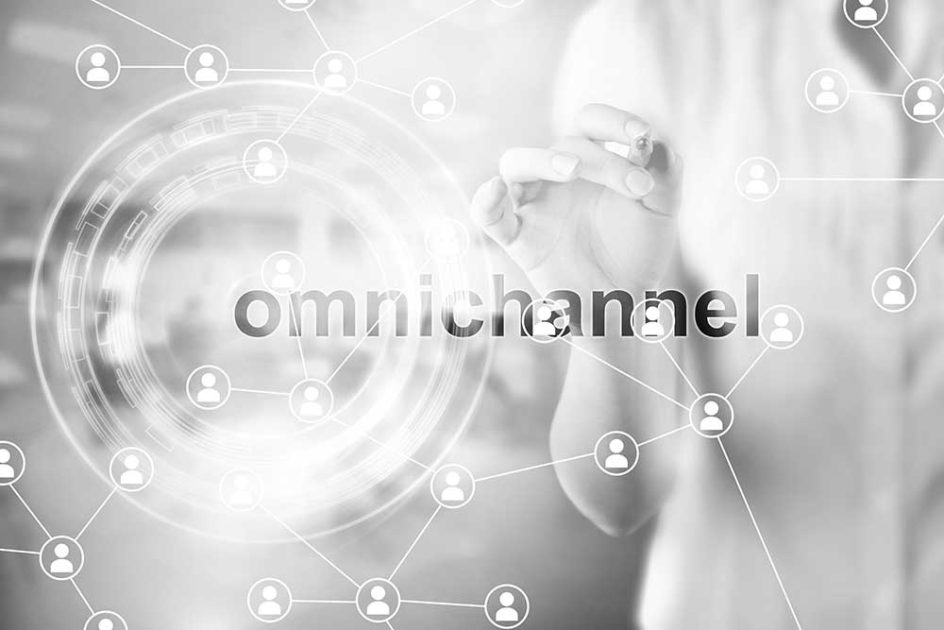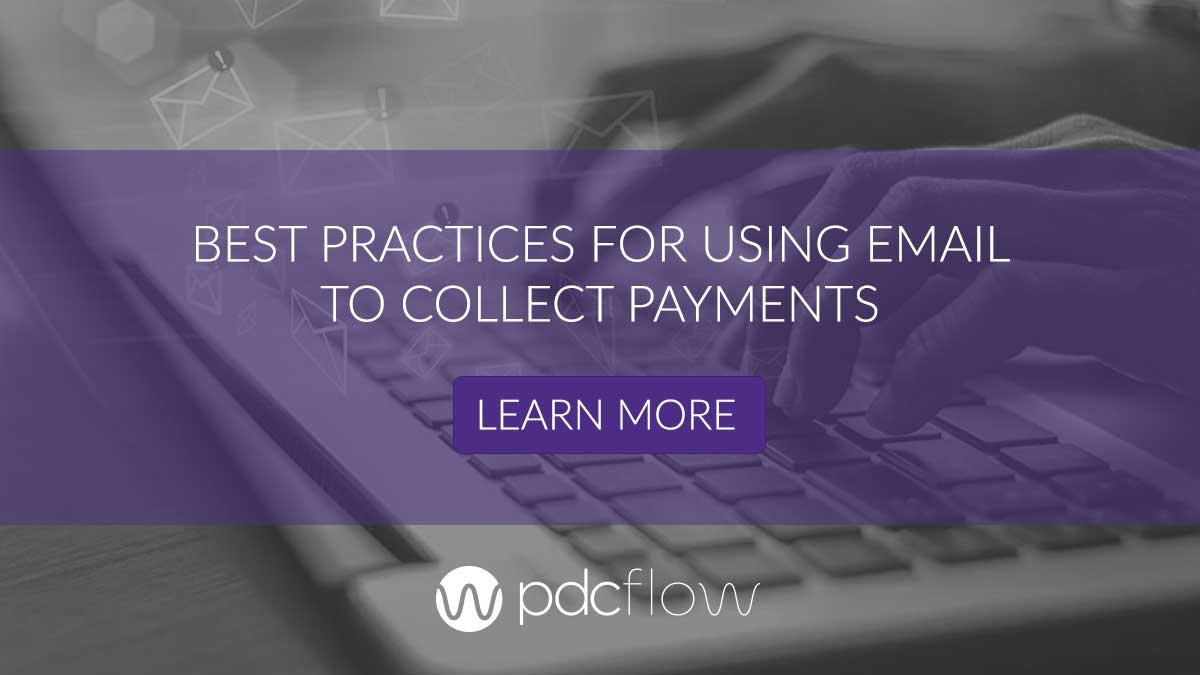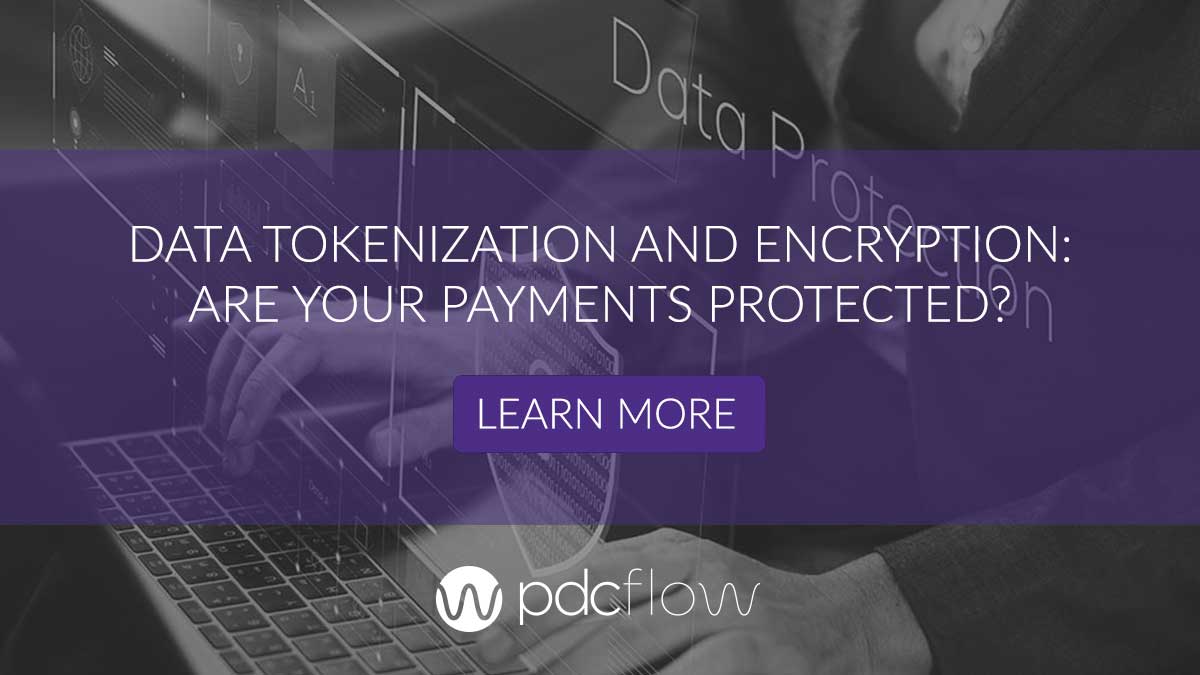What are Omnichannel Payments?
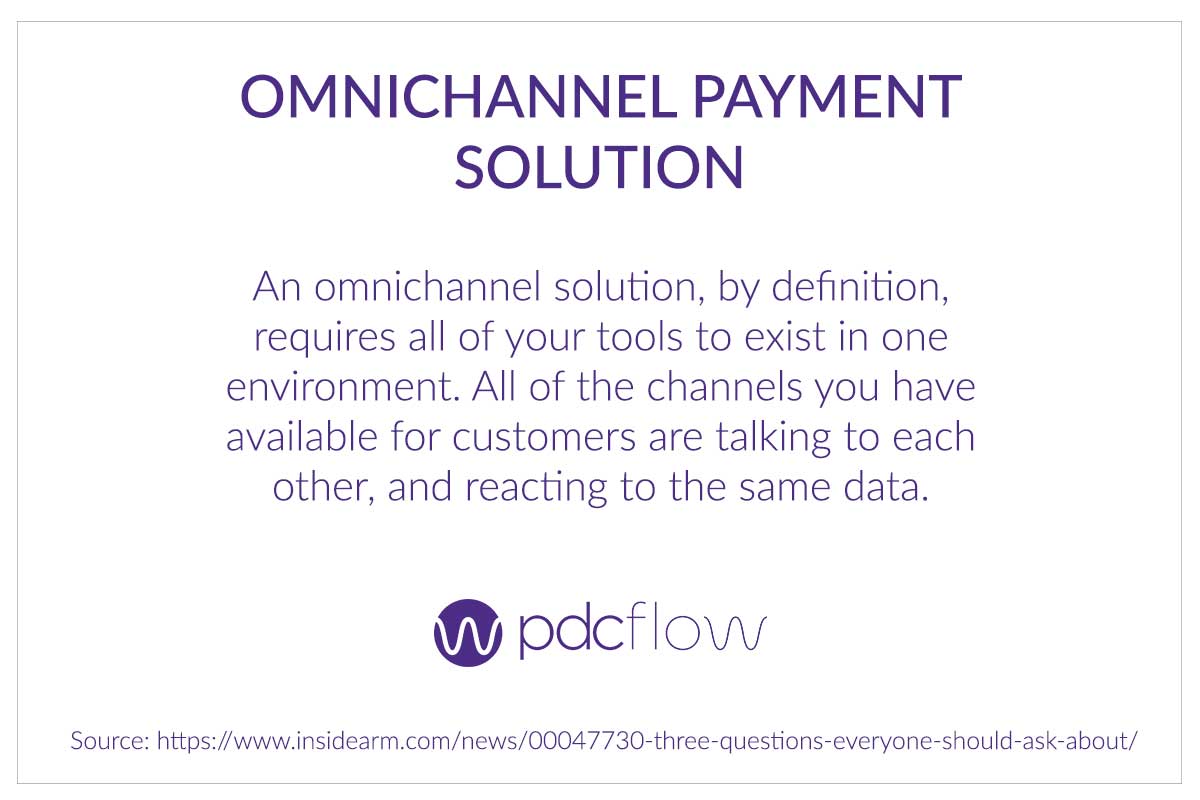
Taking Advantage of Omnichannel Payments
Although an omnichannel solution sounds like the obvious choice, merchants are still hesitant. Using new tools means creating new policies and procedures, training call center staff, and reviewing compliance measures.
Some businesses (especially those in highly regulated industries like debt collection) worry that new tools won’t comply with industry standards. After the rise of COVID-19 and continued uncertainty, some decision makers are nervous to make new changes.
But consumers are creating an increasing demand for faster, more convenient digital payments. The truth is, offering what your customers want is the most effective way to improve the health of your business.
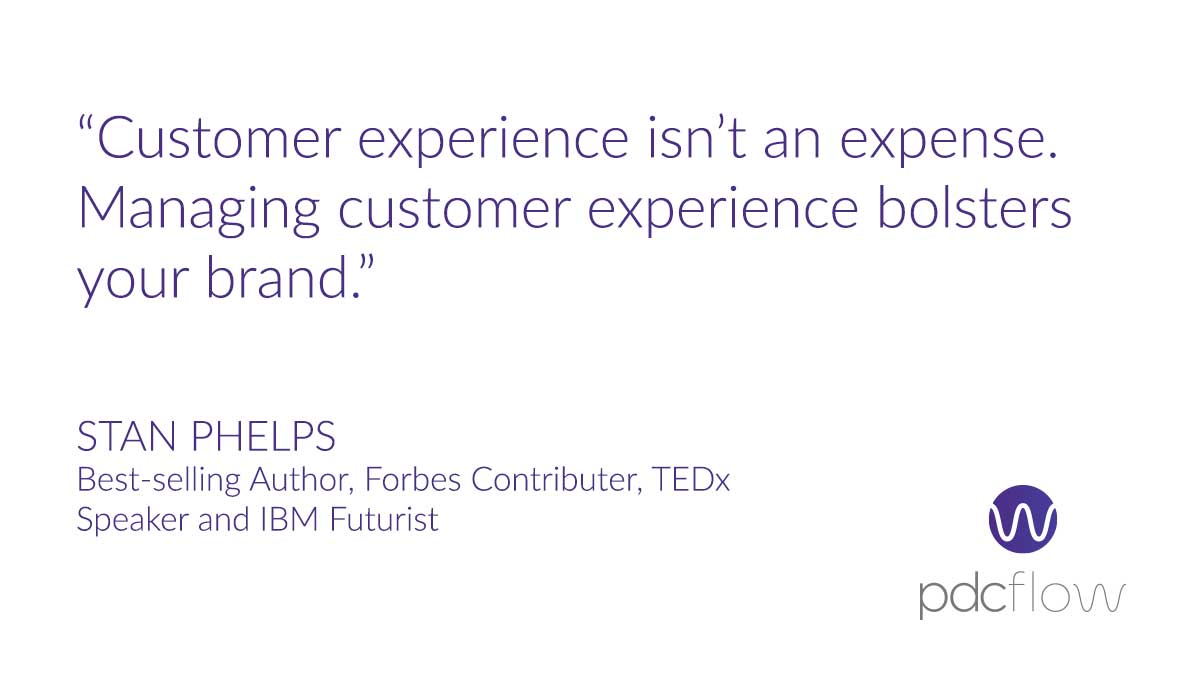
Improving Your Business
Better Back End Processes
Accessing all of your payment channel information in one place is ideal for everyone – from front-line employees who take payments to bookkeeping personnel who do reconciliations.
Omnichannel can make life easier by:
- Requiring less staff intervention - self-service options (like online payment portals) are a great way to take payments without requiring a staff member standing by. This opens your company up to taking payments 24 hours a day, even when your office is closed.
- Providing faster workflows - some consumers need to talk to an agent to understand their bill. Payment tools like PDCflow’s FLOW Technology can send text message or email statements to consumers while they are on the phone with an agent, speeding up the resolution process.
- All items in a single place - reconciliation becomes much easier when you can access all of your transactions in a single system. Choose an omnichannel software that offers credit card, ACH and cash tracking reporting all in one place.
- Only Deal with One Vendor - When a merchant has a patchwork of systems strung together to fulfill processing needs, it can be hard to get answers when something goes wrong. An omnichannel system only requires one point of contact for customer support.
Better Consumer Satisfaction
Email, SMS text messaging and web chat are gaining popularity with consumers. These communication channels make it faster and easier to resolve bills. They’re also more convenient and less intrusive ways for people to interact with companies.
Omnichannel payment and communication offerings reduce likelihood of complaints, disputes and escalations. Improving this digital customer journey increases trust and ultimately elevates your brand reputation.
Omnichannel Payment Security
When consumers make digital payments, they expect your company to provide a safe environment that protects sensitive data. The right vendor helps you address compliance concerns and offer a safe, reliable way for customers to pay.
PCI Compliance
No one wants to deal with a stolen credit card or the nightmare of identity theft. Companies that accept credit card payments need to adhere to Payment Card Industry (PCI) compliance standards as a way to keep data safe.
Payment tools should provide a PCI compliant payment solution, so you know that your vendor undergoes measures like penetration testing and safety inspections.
Tokenization and Encryption
Your customers shouldn’t worry about payment data breaches. Sensitive information needs to be tokenized and encrypted to keep it safe but some tools only tokenize card data. Make ACH payments safer. Use a company that tokenizes bank account numbers also.
Nacha
Nacha, the governing body over ACH payments, also creates rules that protect consumers. One of their most recent rules increased fraud protection by requiring an additional account verification step before submitting a web payment.
Check that your processor provides an option (like PDCflow’s ACH Verify system) that allows you to validate accounts before accepting web transactions.
Control Tasks in One Place from Start to Finish
Omnichannel can mean more than just accepting payments in different ways. To maximize the value you provide to your consumers, offer an omnichannel system that is a start to finish solution to back office processes.
- Take advantage of mix-and-match esignature, document delivery, photo uploads and payment requests in your digital communications.
- Request payments through text, email or chat.
- Once a digital wet signature, document and/or payment has been received, a full omnichannel system will provide reporting and store payment documentation for easy access later.
Download this guide to learn more about credit card payment processing and security.

